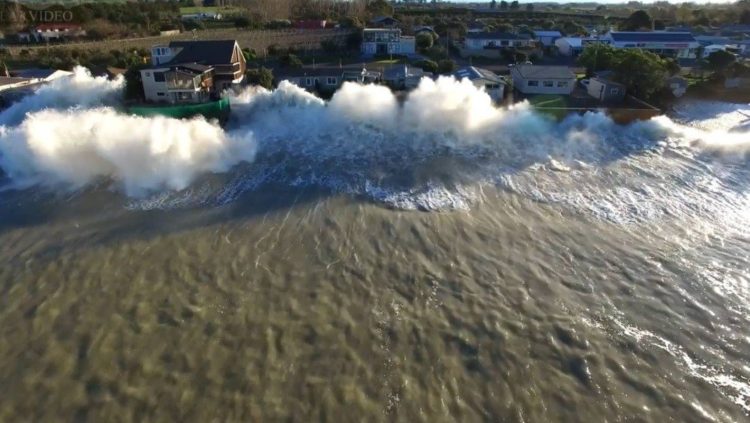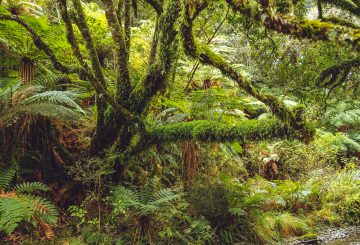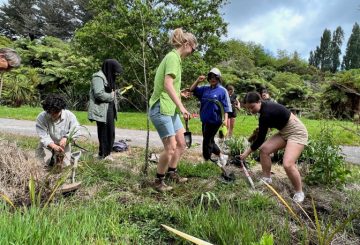격렬한 폭풍, 산불, 해수면 상승과 같은 기후 변화의 위협이 증가함에 따라 뉴질랜드에서는 자연 재해 위험이 높은 지역사회의 안전한 후퇴에 관한 논쟁이 촉발되었습니다.주요 정당의 입장에 대한 간략한 개요는 다음과 같습니다.
- 그린 파티:
- 퇴각 관리를 위한 입법을 지원합니다.
- 고위험 지역에서 이사해야 하는 가족을 위해 정부, 의회, 주택 소유주가 공동 비용을 부담할 것을 믿습니다.
- 위험 취약 지역의 개발을 제한하고 의회 LIM 보고서에 잠재적 주택 구매자를 위한 위험 경고가 포함되도록 하는 것을 지지합니다.
- 정부 보조금을 지급하는 보험에 반대합니다.
- 노동당:
- 관리형 퇴각 행위를 지원합니다.
- 위험에 처한 개발에 대한 지불 책임이나 제한 사항을 명시하지 않았습니다.
- 민간 보험사의 보험 철수 시기에 대한 보험 적용 범위를 조사했지만 정부 보조금을 지급하는 보험에 대한 입장을 명확히 밝히지는 않았습니다.
- 테 파티 마오리:
- 백스는 퇴각 법안을 관리했습니다.
- 지역 사회 이주를 위한 중앙 및 지방 정부 및 주택 소유자 간의 비용 분담을 지지합니다.
- 고위험 지역의 개발 제한을 지지하고 주택 구매자에게 잠재적 위험을 알리는 데 중점을 둡니다.
- 정부 보조금 지원 보험을 지지합니다.
- 보험에 가입하지 않은 재해 피해자를 위한 “형평성 기반 적응 기금”을 마련하기 위해 로비를 벌였으며 자연 재해 발생 후 복구를 위해 10억 달러 규모의 마오리 타이아오 구호 기금을 제안했습니다.
- 국민당:
- 관리형 퇴각법을 지원합니다.
- 이전 비용에 대한 정부, 의회 및 주택 소유자 간의 공동 책임을 제안합니다.
- 잠재적 주택 구매자에게 위험 지역에 대해 경고하는 것을 지지하며 사이클론 가브리엘 인수 대상 지역의 추가 개발을 제한해야 한다고 주장합니다.
- 다른 위험 지역의 개발을 제한하는 새로운 규정과 정부 보조금을 받는 보험에 반대합니다.
- 액트 파티:
- 관리형 퇴각법을 지지하지 않습니다.
- 정부, 의회, 주택 소유자가 이전 비용을 분담해야 한다고 생각합니다.
- 사이클론 가브리엘 바이아웃이 제안된 지역의 개발을 제한하는 것을 지지합니다.
- 주택 구입자에 대한 위험 경고, 위험 지역에서의 개발에 대한 추가 제한 및 정부 보조금 보험에 반대합니다.
- 새로운 환경 및 도시 개발 법안에 찬성하여 현행 자원 관리법을 폐지할 것을 제안합니다.
뉴질랜드는 기후 변화라는 절박한 도전에 직면하고 있으며, 이로 인해 뉴질랜드는 위험에 처한 지역 사회를 위해 어려운 결정을 내려야 하는 상황에 처해 있기 때문에 여전히 논쟁의
여지가 있습니다.






























































